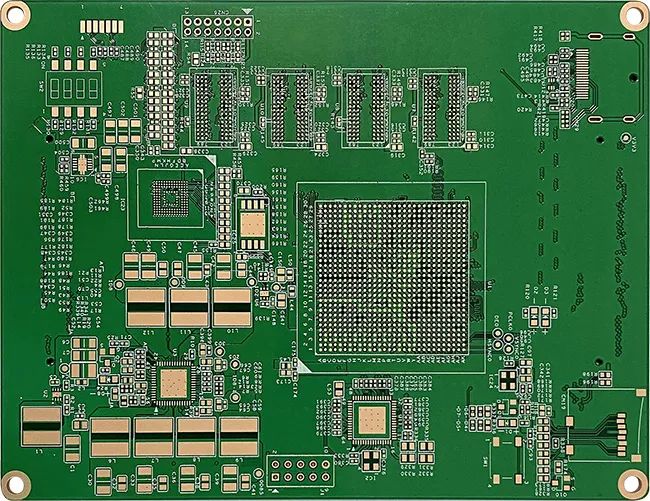With the rapid improvement of signal transmission speed and the wide application of high-frequency circuits, the circuit performance provided by PCB must be able to prevent signal reflection during transmission, keep the signal intact, reduce transmission loss, and play a role in matching impedance. In order to get a complete, reliable, accurate, interference-free, and low-noise transmission signal. In PCB board production, impedance processing is essential.
So what is impedance? Why do PCB circuit boards need impedance? Now follow the editor to find out.
what is impedance
In a circuit with resistance, inductance and capacitance, the resistance to alternating current is called impedance. Impedance is often represented by Z, which is a complex number. The real part is called resistance, and the imaginary part is called reactance. For inductive reactance, the blocking effect caused by capacitance and inductance on alternating current in the circuit is collectively called reactance.

Type of Impedance
Characteristic impedance
In electronic information products such as computers and wireless communications, the energy transmitted in the PCB line is a square wave signal composed of voltage and time, and the resistance it encounters is called characteristic impedance. Characteristic impedance is at the heart of solving signal integrity problems.
Differential impedance
Differential impedance is also called differential impedance. The driving end inputs two identical signal waveforms with opposite polarities, which are respectively transmitted by two differential lines, and the two differential signals are subtracted at the receiving end. The differential impedance is the impedance Zdiff between the two lines.
Odd mode impedance
The impedance Zoo of one of the two lines to the ground, the impedance value of the two lines is the same.
Even Mode Impedance
The driving end inputs two identical signal waveforms with the same polarity, and the impedance Zcom when the two lines are connected together.
common mode impedance
The impedance Zoe of one line to the ground in the two lines, the impedance value of the two lines is the same, usually larger than the odd-mode impedance.
Why do PCBs have impedance
- PCB should consider plugging and installing electronic components. After plugging, electrical conductivity and signal transmission performance should be considered. Therefore, the lower the impedance, the better, and the resistivity should be lower than 1×10 per square centimeter. .
- In the production process of PCB circuit boards, it has to go through manufacturing processes such as copper sinking, electroless tin plating (or chemical plating, or thermal spray tin), connector soldering, etc., and the materials used in these links must ensure low resistivity in order to ensure The low overall impedance of the circuit board meets the product quality requirements and can operate normally.
- The tin plating of the PCB circuit board is the most prone to problems in the entire circuit board production, and it is the key link that affects the impedance. The biggest defect of the electroless tin plating layer is that it is easy to change color (easy to oxidize or deliquescence), poor brazing performance, which will make the circuit board difficult to solder, and the high impedance will lead to poor electrical conductivity or unstable performance of the whole board.
- There will be various signal transmissions in the conductors in the PCB circuit board. In order to increase its transmission rate, its frequency must be increased. If the line itself is different due to factors such as etching, laminate thickness, and wire width, the impedance value will change. , to distort the signal and lead to a decrease in the performance of the circuit board, so it is necessary to control the impedance value within a certain range.